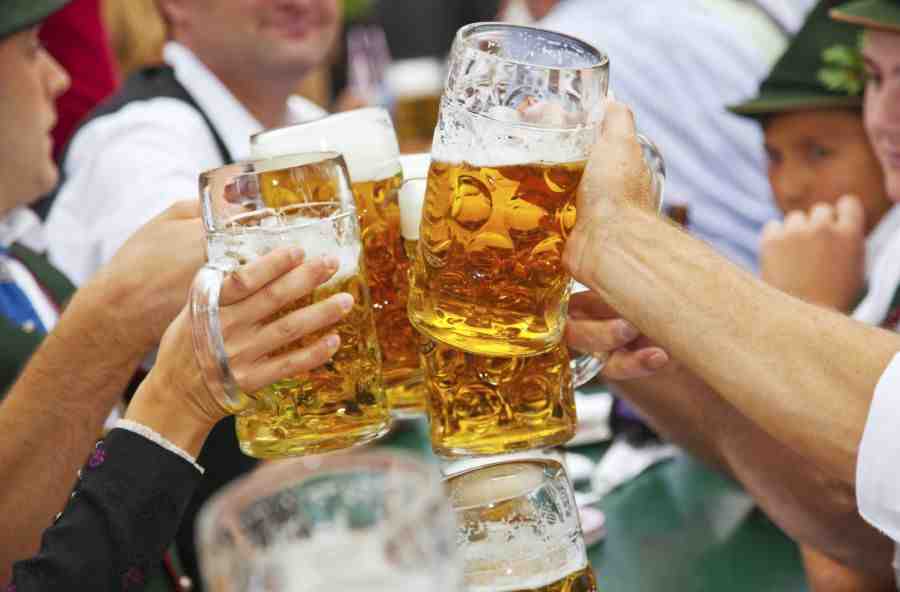Brussels – A clear summer, like lager beer, after the hard work of the post-pandemic recovery. That’s what European brewers expect for 2024. A milder climate than last year and significant sporting events such as the Olympics, and more importantly, the European Football Championship should drive consumption in the 27 Member States.
The summer of 2023, according to Dolf van den Brink, CEO of Heineken, was “brutal” for brewers. The heavy rains that fell across much of continental Europe in July and August kept people indoors. Thus, the months with the most liters of beer consumed were a flop, and the cocktail consumption exceeded beer.
This year, however, things are expected to be different, with forecasts of increased consumption and production for the entire industry. Even non-alcoholic beers, capable of taking market share away from sugar-sweetened beverages, are expected to grow. However, the rosy expectations for 2024 do not erase all the uncertainties. Due to inflation and lower-than-expected sales, the beer prices have risen over the past year.
The largest producer groups are European and can move huge amounts of money. The top three companies in the industry, Heineken, Carlsberg, and Anheuser-Busch InBev (which includes brands such as Budweiser and Corona), come in at over 90 billion euros in sales. In the EU, Germany remains the industry leader with a share of 22 percent of total production. European companies are also competitive in foreign markets, exporting more than four billion liters. The leading European beer-drinking countries are the United Kingdom (21 percent) and the United States (18 percent).
A hot summer and sports competitions may be the brewers’ luck. Ahead of Euro2024, to be held in Germany from June 14 to July 14, the British Foreign Office, in a statement, warned supporters of the Three Lions national team to drink responsibly because German beer may be stronger than English beer.
English version by the Translation Service of Withub





